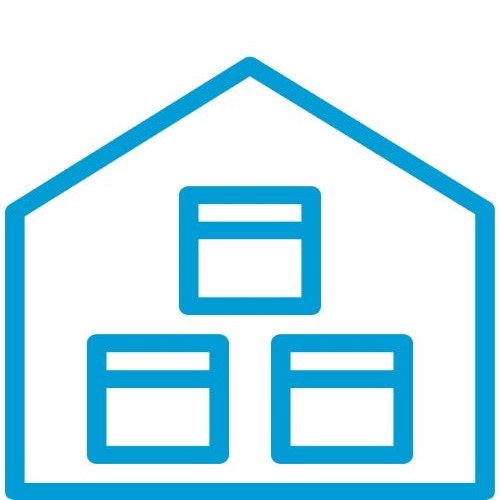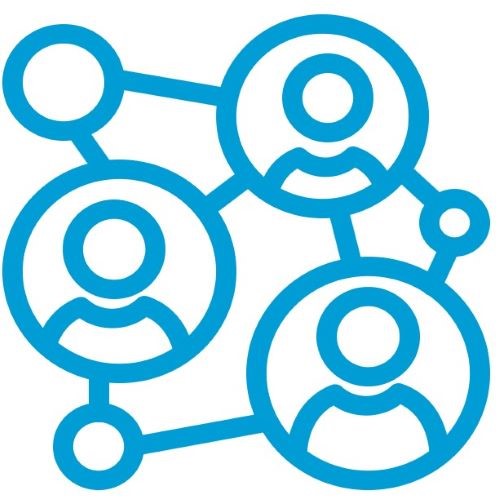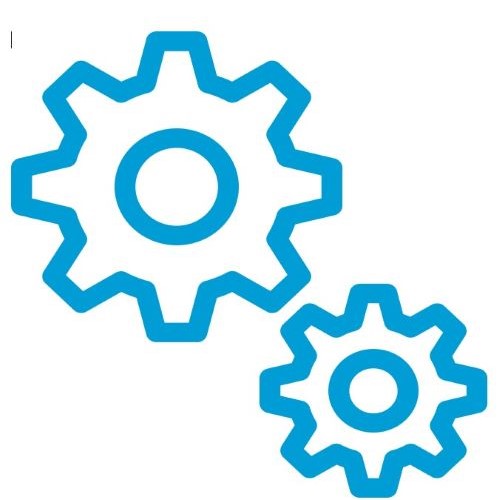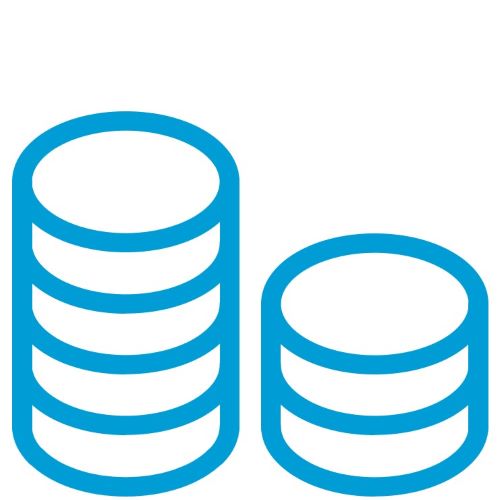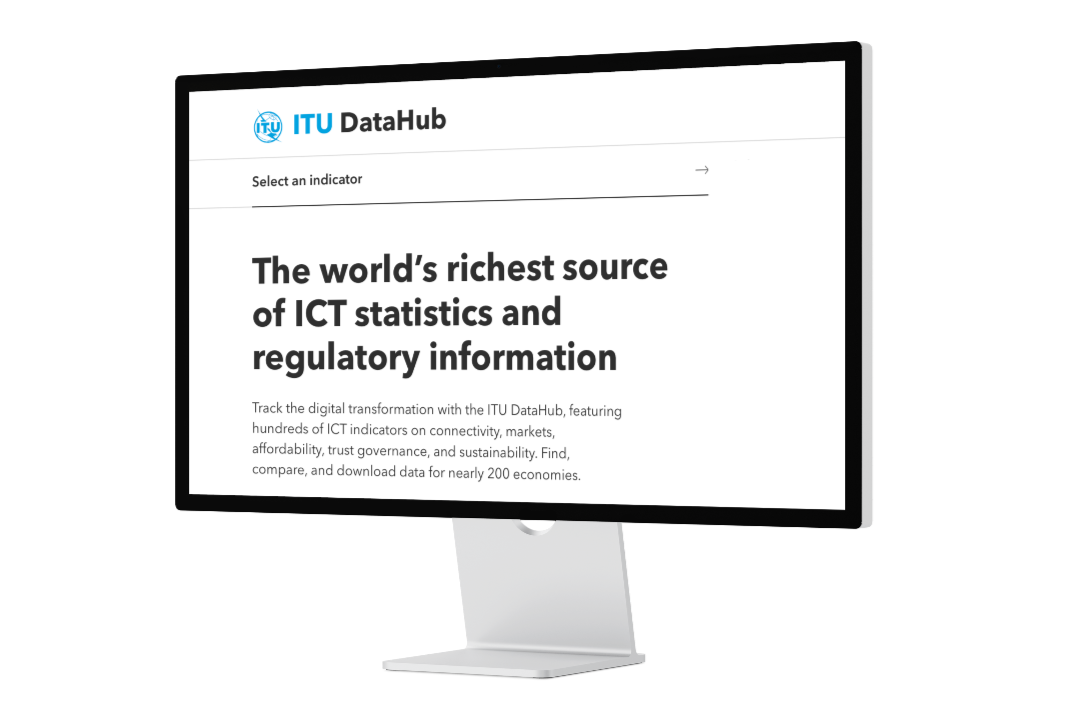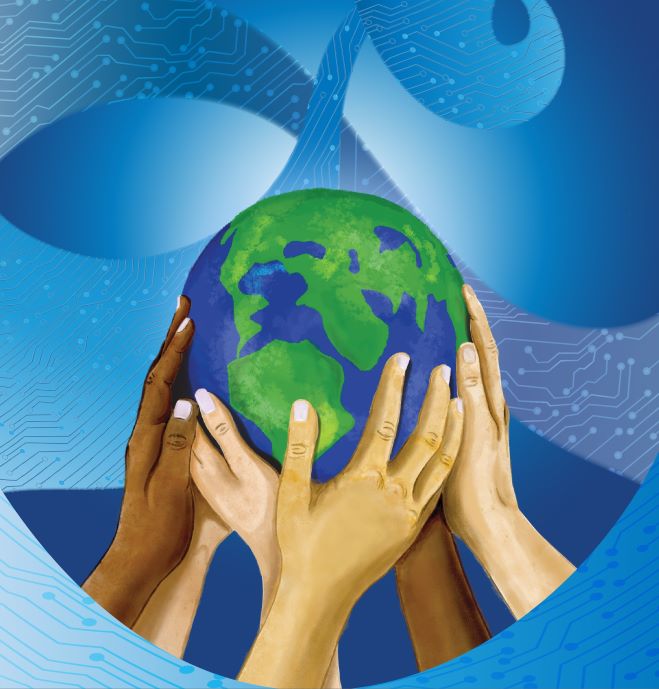
The Global Connectivity Report 2025 provides a comprehensive assessment of the evolution of global connectivity, which has progressed from a scarce resource in 1994 to an essential pillar of daily life, with approximately 6 billion people estimated to be online by 2025. The report frames its analysis around the policy imperative of achieving universal and meaningful connectivity (UMC), defined by six interdependent dimensions: Quality, Availability, Affordability, Devices, Skills, and Security.
The report highlights the benefits of digital transformation, while noting that progress is hampered by persistent divides across income, gender, age, and location, as well as by growing vulnerabilities associated with online risks, misinformation, and significant environmental costs.
The publication provides in-depth analysis on overcoming core barriers such as high costs, lack of skills, and limited device access, offering evidence-based policy guidance on regulatory coherence, infrastructure resilience (including submarine cables and satellites), and the critical need to strengthen national data ecosystems for effective digital inclusion and policy-making.
Watch Dr Cosmas Luckyson Zavazava, BDT Director, talk about the report.
Visit the Trello board for infographics and additional social media assets.
Global Connectivity Report 2025
Copyright © ITU 2025 All rights reserved
Permalink: https://www.itu.int/itu-d/reports/statistics/global-connectivity-report-2025/
